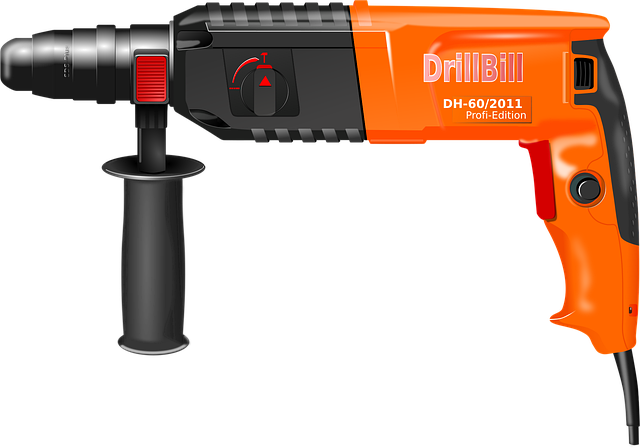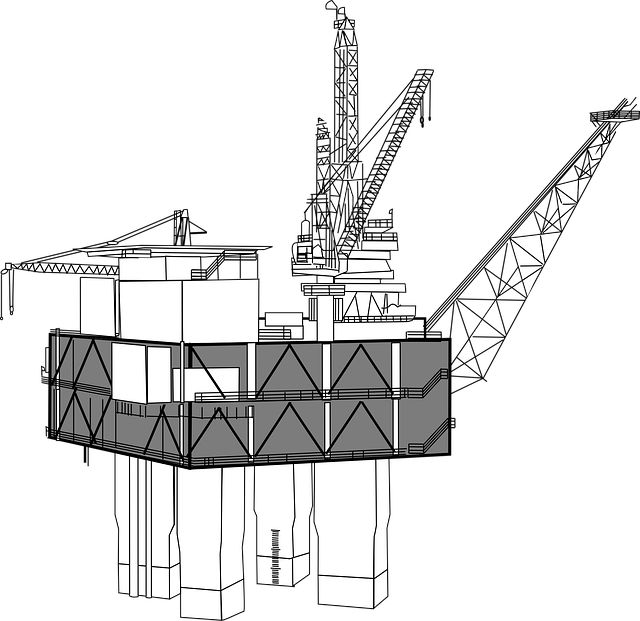Tanker dome leak simulators provide immersive training for hazardous material handling. These tools replicate real-world scenarios, allowing trainees to identify leaks, assess severity, and implement countermeasures safely. Simulators incorporate precise tank dynamics, realistic materials, and adaptable leak conditions for comprehensive learning. Regular training enhances operator skills, fosters safety culture, and minimizes risks associated with tanker dome leaks.
“Enhance safety measures with a realistic training prop for MC306 dome leaks. This comprehensive guide explores the design and implementation of an advanced tanker dome leak simulator. From understanding leak dynamics to incorporating safety protocols, we delve into effective simulation strategies. Learn how to train and respond efficiently to potential hazards. Discover the key elements of our tanker dome leak simulator, a game-changer in industrial safety training.”
- Understanding Tanker Dome Leak Dynamics
- Designing an Effective Simulator
- Simulating Realistic Leak Scenarios
- Incorporating Safety Measures
- Training and Response Strategies
Understanding Tanker Dome Leak Dynamics

Tanker dome leaks, a critical issue in the transportation and storage of hazardous materials, pose significant risks to safety and the environment. Understanding the dynamics behind these leaks is paramount for developing effective training solutions. A tanker dome leak simulator, designed to replicate real-world scenarios, serves as a powerful tool for training personnel on containment, response, and prevention strategies. By exposing trainees to diverse conditions, from pressure differentials to material compatibility issues, these simulators provide an immersive experience that bridges the gap between theory and practice.
The dynamics of tanker dome leaks are multifaceted, involving factors such as tank design, material properties, and external environmental conditions. Simulators account for these complexities by incorporating advanced modeling and visualization techniques. Trainees learn to recognize leak patterns, assess severity, and implement appropriate countermeasures. Regular training in these simulators not only enhances operator proficiency but also fosters a culture of safety and preparedness among personnel handling hazardous materials, ultimately mitigating risks associated with tanker dome leaks.
Designing an Effective Simulator

Designing an effective tanker dome leak simulator requires meticulous attention to detail and a deep understanding of the real-world dynamics at play. The primary goal is to replicate the complex conditions inside a MC306 dome, from fluid flow patterns to pressure differentials, in a controlled and safe environment. This involves integrating advanced sensors and actuators to mimic the behavior of leaking tanks, allowing trainees to experience the challenges without risking personnel safety or valuable equipment.
Key considerations include selecting appropriate materials for simulating both the tank interior and leaked substances, as well as designing modular components that can be easily reconfigured to represent various leak scenarios. Additionally, software integration is crucial for providing real-time data visualization and control, enabling trainees to adjust parameters, observe outcomes, and learn from simulated emergencies. The ultimate success of a tanker dome leak simulator lies in its ability to offer immersive, hands-on training that prepares personnel for real-world situations with enhanced efficiency and accuracy.
Simulating Realistic Leak Scenarios

In the realm of MC306 dome leak training, realism is paramount for effective preparation. A tanker dome leak simulator serves as a game-changer in this regard, enabling professionals to navigate complex scenarios with unparalleled accuracy. By replicating the conditions of a real tanker dome leak, this innovative tool offers a safe and controlled environment to practice response strategies.
The tanker dome leak simulator allows trainees to experience various leak types, sizes, and pressures, simulating a dynamic and often unpredictable situation. This hands-on approach fosters a deeper understanding of the challenges involved and enhances problem-solving skills. With such realistic training, first responders are better equipped to handle actual incidents, ensuring they can react swiftly and efficiently, minimizing potential risks and damage.
Incorporating Safety Measures

Incorporating safety measures is paramount when training for potential tanker dome leak scenarios using a MC306 Dome Leaks Training Prop. The realistic tanker dome leak simulator should be equipped with emergency shutdown valves and controlled release mechanisms to mimic real-world conditions safely. These features allow trainees to practice response protocols without risking hazardous exposure to toxic substances or flammable materials. By simulating controlled leaks, training sessions can prepare personnel for effective containment and mitigation strategies while ensuring the well-being of all involved.
Additionally, incorporating safety gear such as specialized protective clothing, respirators, and decontamination stations enhances the realism and educational value of the training. Trainees can learn to don and use this equipment properly, familiarizing themselves with crucial protocols that could save lives in real-world emergencies. Regular maintenance and calibration of the simulator, along with comprehensive debriefings post-training, further reinforce safety practices, ensuring that personnel are well-prepared for any eventuality.
Training and Response Strategies

Realistic training props, such as a tanker dome leak simulator, play a pivotal role in preparing emergency responders for unexpected and challenging scenarios. These advanced simulators offer immersive experiences that mimic real-world conditions, enabling personnel to refine their skills and improve response times. By interacting with virtual environments that closely resemble critical incidents like dome leaks on MC306 vessels, trainees gain invaluable hands-on experience without the risks associated with live exercises.
Strategic training involves a combination of theoretical knowledge, scenario-based learning, and practical application. Instructors design engaging modules that cover various aspects of dome leak management, including identification, containment, and mitigation strategies. Regular practice sessions in controlled settings foster quick decision-making abilities and effective teamwork, crucial elements during high-pressure incidents. Incorporating these training techniques ensures emergency responders are well-prepared to handle tanker dome leak situations with efficiency and precision, ultimately enhancing safety and operational success.














